One of the desires I had when I started this Substack, was to provide deeper and more meaningful context to my work. Stories that run deeper than Instagram captions. In this edition I’d like to share a story with you I worked on together with my dear wife Jess, on assignment for Great Plains into the heart of Botswana.
Mist drifts like a floating carpet over tall grass. I feel morning dew on my face. Wild sage fills the air. We jolt along a sandy track, passing shy antelopes and skittish zebras. Suddenly, an explosive snort, drumming legs, raised heads. "We are in leopard territory," our guide says. “A female with two cubs has been roaming here for weeks”. She's slipped into the thicket.
We slowly manoeuvre through broken trees and thick grass, ducking under low branches until we reach a clearing. There they are; two cubs, about three months old, playing on a tree log. Their mother hides high up in a tree, the perfect vantage point to watch over them and the vast landscape.
It’s a scene as old as Africa. I feel like I’ve stepped into the story I read last night, on arrival in our camp - written by explorers Dereck and Beverly Joubert - about a leopard’s life in this very place: the Okavango Delta, Botswana.
Modern Explorers
Dereck & Beverly Joubert are among Africa’s most influential environmentalists and filmmakers. As National Geographic Explorers in Residence, they've spent over 40 years creating over 30 wildlife films, such as The Last Lions and Soul of the Elephant, and writing more than a dozen books. I grew up watching their films and reading their books, and have always been deeply inspired by their commitment to tell stories about the African bush. From their Land Cruiser rooftop tent, they’ve dedicated their lives to conservation and made it their life quest to find the real Africa, a mission that inspired me to start my own journey of photography.
In 2006, they founded Great Plains Conservation and its Foundation, managing eco-sensitive safari lodges across Kenya, Zimbabwe, and Botswana. Their model combines commerce with charity, acquiring land near national parks and converting it from hunting or agriculture to conservation supported by photographic tourism.
The Jewel of the Kalahari
The Okavango Delta, aka “Jewel of the Kalahari” - may be Earth’s purest oasis. From space, it appears as a bluish-green fan in northern Botswana. Water from Angola's highlands travels through Namibia into the Okavango River - “the river that never finds the sea” - forming the world’s largest inland delta. This journey takes up to six months, but when it arrives, it creates an intricate web of channels, marshes, and islands within the arid Kalahari.
On our way in, our little Cessna Caravan reveals golden floodplains framed by palm islands, elephants and buffalo seeking shade below. The Delta’s watery fingers weave across the land, ever-shifting. David Livingstone reached this region in 1851 and was baffled by water channels that seemed to reverse flow. Hippos and elephants, dubbed the Delta’s “water engineers,” shape these flows. By opening new channels, they ensure water keeps moving, keeping the wetlands alive.
It’s this pioneering spirit that drew the Jouberts here - and still does. On this journey, we visit three of their camps: Selinda and Zarafa in the 130,000-hectare Selinda Concession, and Duba Plains in the heart of the Delta. With no other camps nearby, sightings here feel private, even exclusive. Duba Plains is where the Jouberts captured some of their most iconic footage, focusing on lion-buffalo interactions - central to The Last Lions.
The Delta was also the set for their book and film ‘Eye of the Leopard’. Upon finding a mother leopard and her three-day-old-cub, the Jouberts follow the gripping story of a female leopard, battling to survive and to complete her own life’s journey into motherhood. Now we are sitting at this very spot with the new generation of leopards. A mother and her two cubs, thinking about the now long-gone leopard. It’s a scene as old as Africa. And it’s clear to me, that the circle of life continues, with or without us watching on the sidelines.
One of a Kind
A highlight of any visit is exploring the Delta by mokoro - a traditional dugout canoe used by Tswana people for centuries. One afternoon, we glide silently through papyrus-lined channels. Fish dart beneath us, birds of prey circle above. Elephants feed on waterlilies, while hippo grunts echo in the distance.
Seasonal floods bring an array of habitats: floodplains, woodlands, savannahs - all bursting with life. The red lechwe and shy sitatunga thrive here. Lions, cheetahs, leopards, and African wild dogs share this watery world with elephants and buffalo. The Delta has one of Africa’s highest densities of wild dog packs. Unique behaviors emerge here - leopards fishing, lions swimming silently to stalk prey.
Next morning, we head out again. I feel like an explorer on a mission. Zebra calls, warthogs clucking, buffalo grunts fill the air. Soft peach light cuts through trees. A distant lion roar makes my skin tingle.
Dereck & Beverly consider their years with Duba's lions as some of their most important work. In Relentless Enemies, they captured extraordinary behaviours: lions hunting by day, stalking through water. These lions tested strategies, learned, and adapted - evidence of advanced cognitive abilities once thought uniquely human.
We soon find the roaring lion: a lone male crouched in grass, eyeing a lechwe herd. The grass sways. He bursts forward - and misses. The herd scatters. He recovers, nonchalantly.
This attempt, lazy as it seems, reflects the adaptation and strength of Delta lions. Known for hunting buffalo, these lions develop powerful muscles to move through water. Some of the continent’s strongest predators live here.
Yet in Africa, no day is ever mundane. As we return to camp, the sky darkens. A thunderstorm breaks - the kind only Africa can conjure. Later, buttery light returns to the horizon. We pass elephants kicking up dust, creating a hazy curtain that silhouettes their trunks. This ancient rhythm plays on, indifferent to us.
Under a blinking sky of stars, I think about what it means to explore. It’s not just about climbing mountains or crossing distant oceans. True exploration isn’t measured in miles, but in questions asked and perspectives shifted. It’s the quiet curiosity that draws us to the unknown, to nature, to purpose, to the very heart of what connects us to this world.
Where Else Can You Find Me?
Website: www.pieaerts.com
Instagram: @BecausePeopleMatter & @PieAerts
Let’s build something meaningful together.

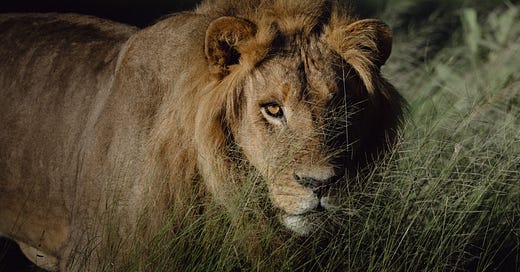



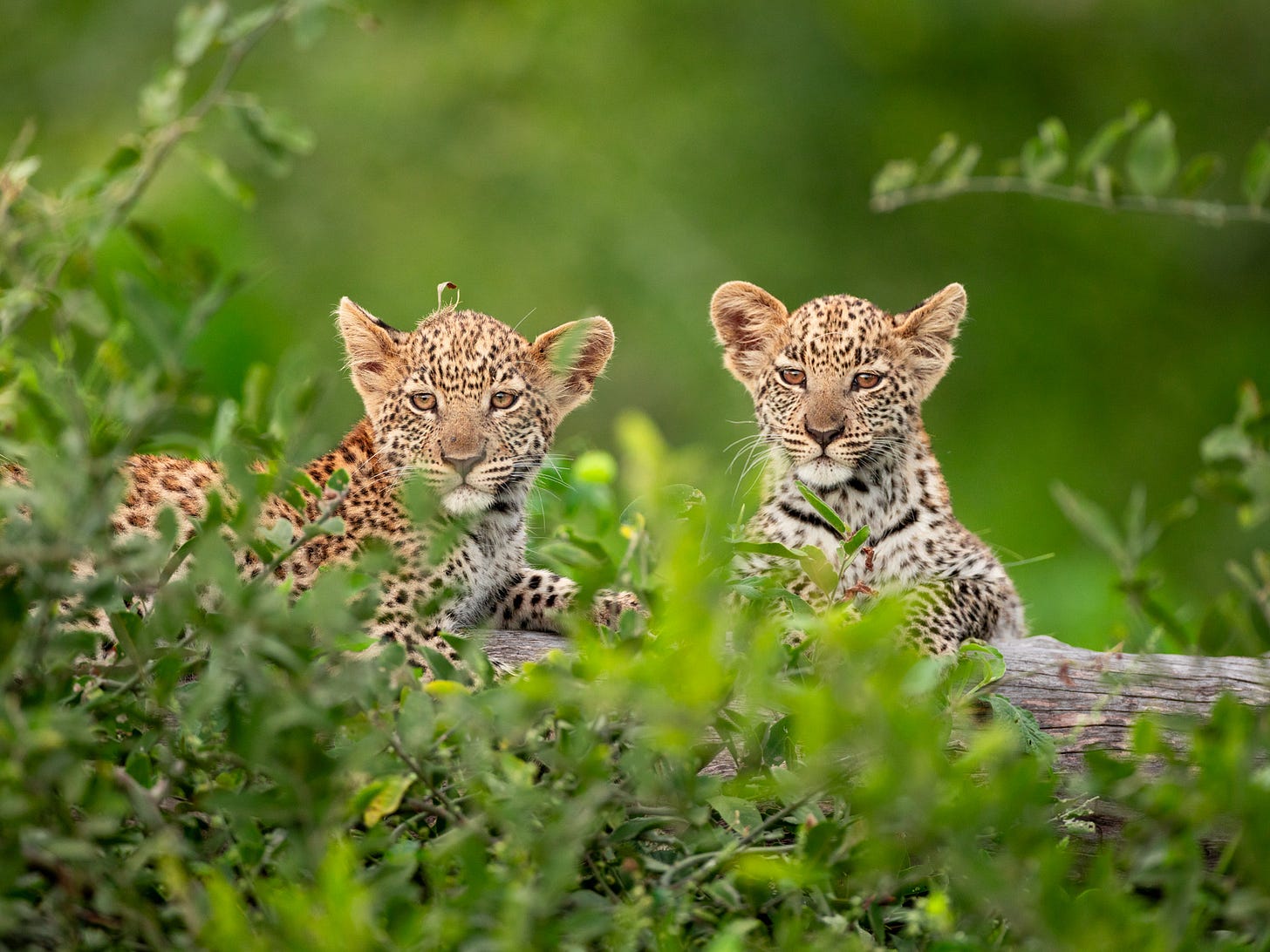
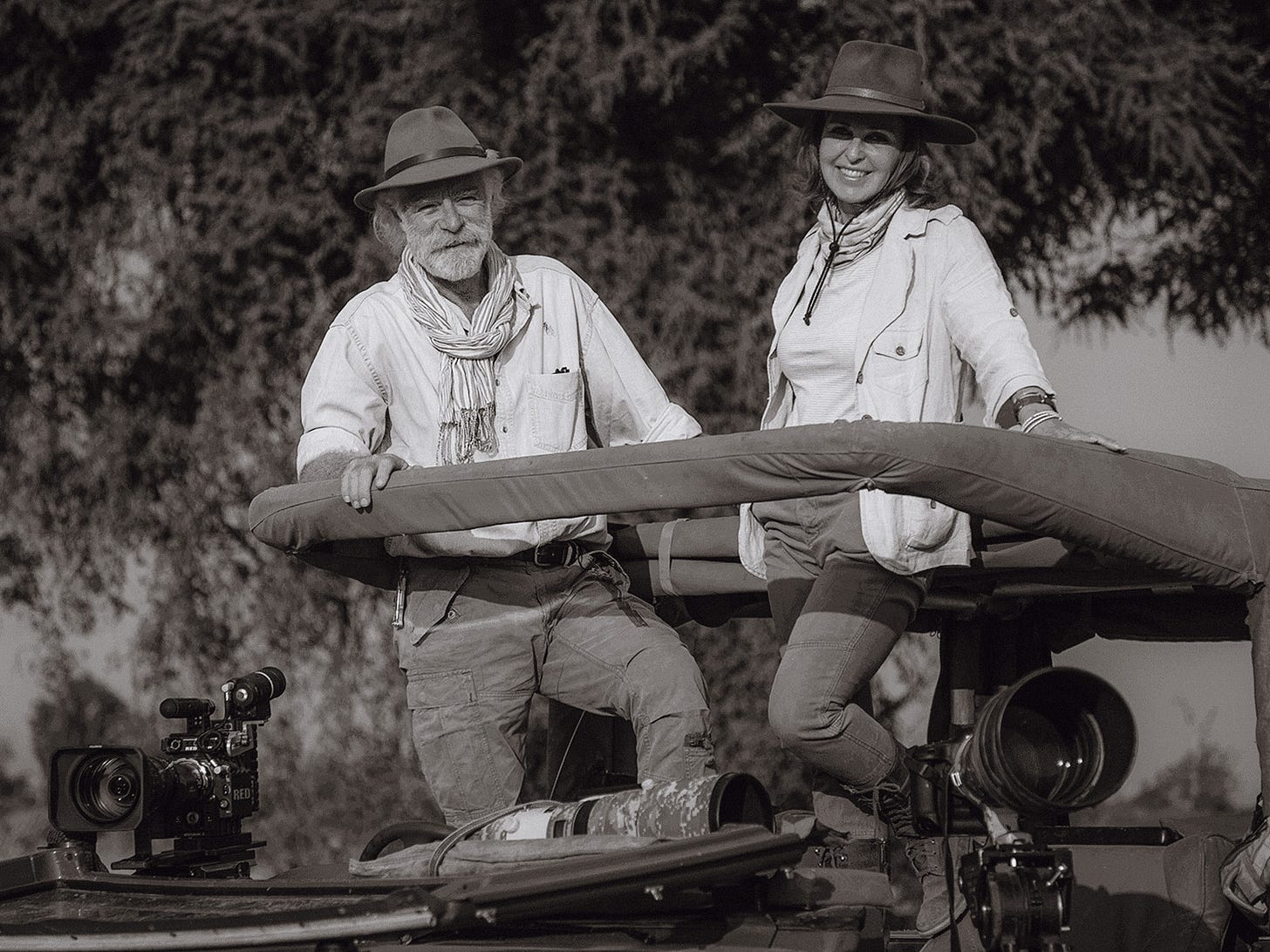


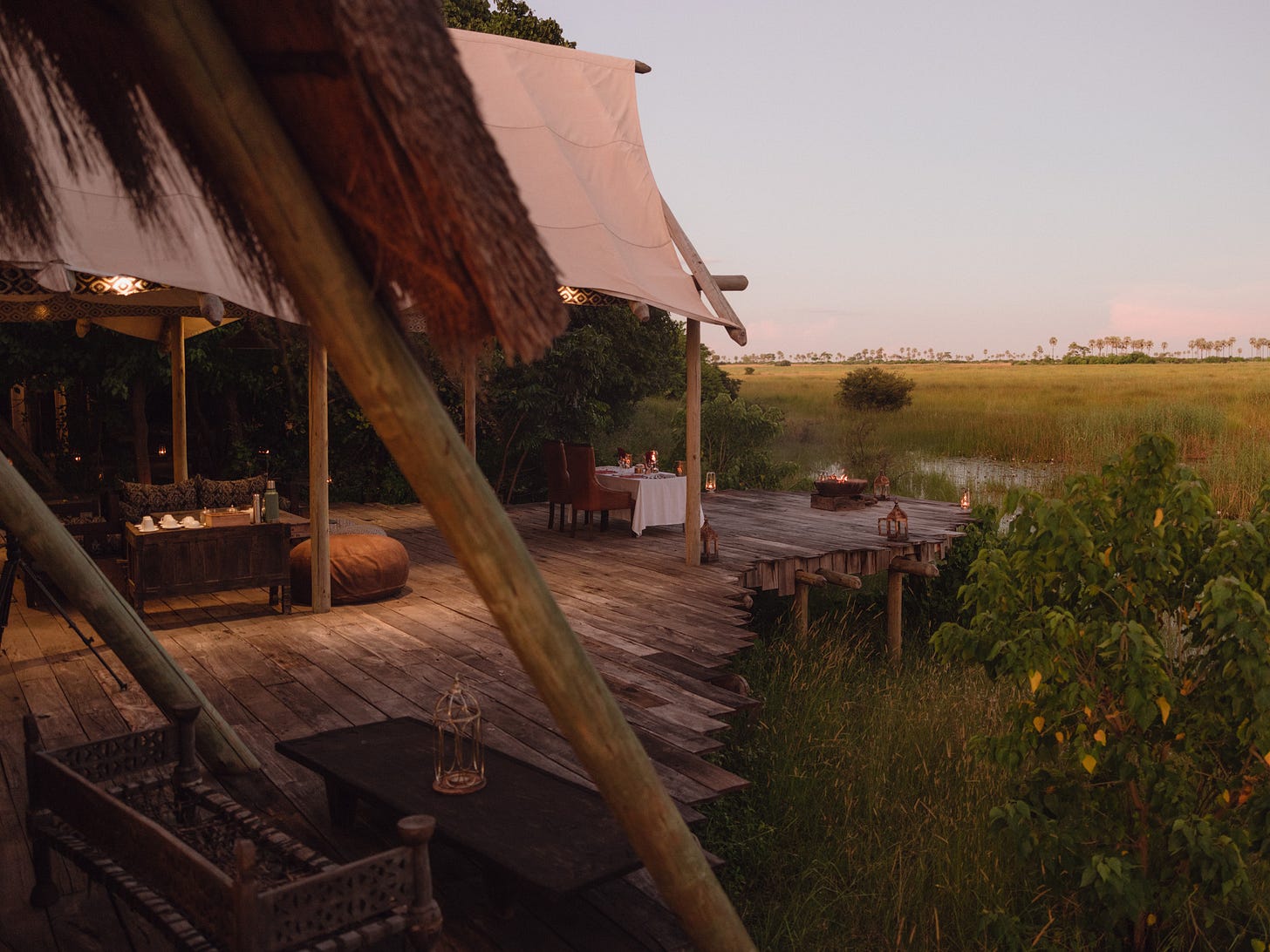

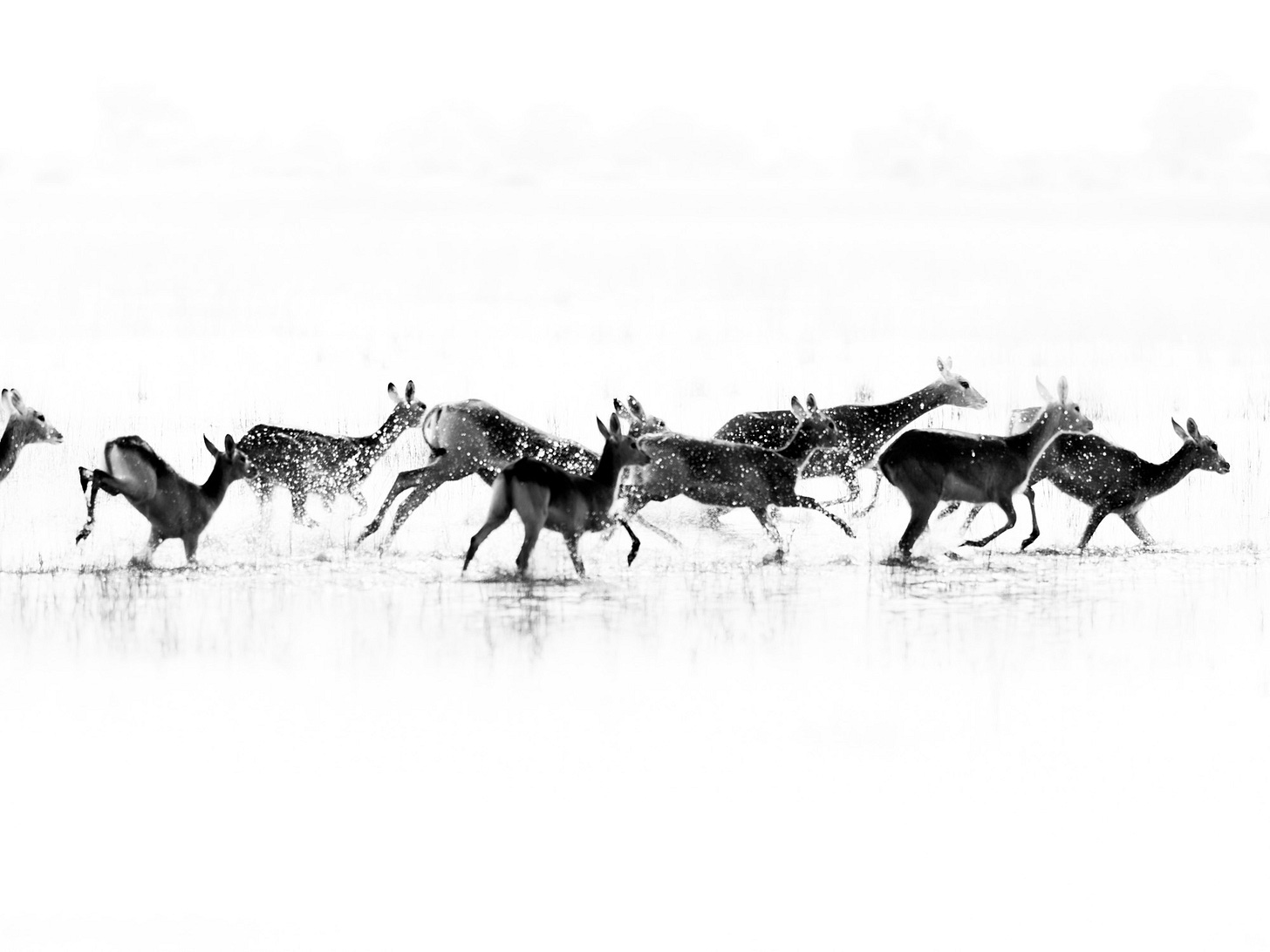
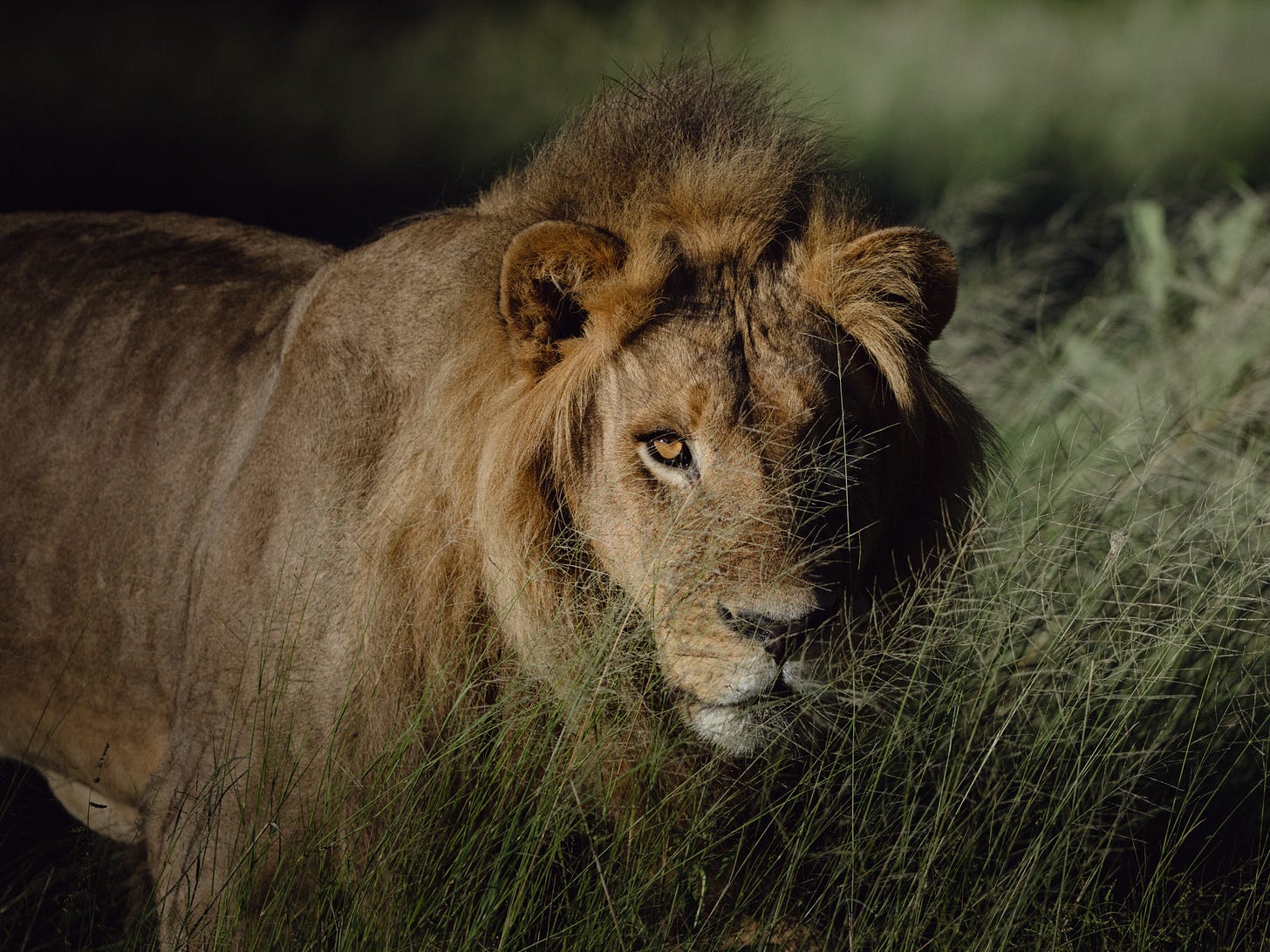
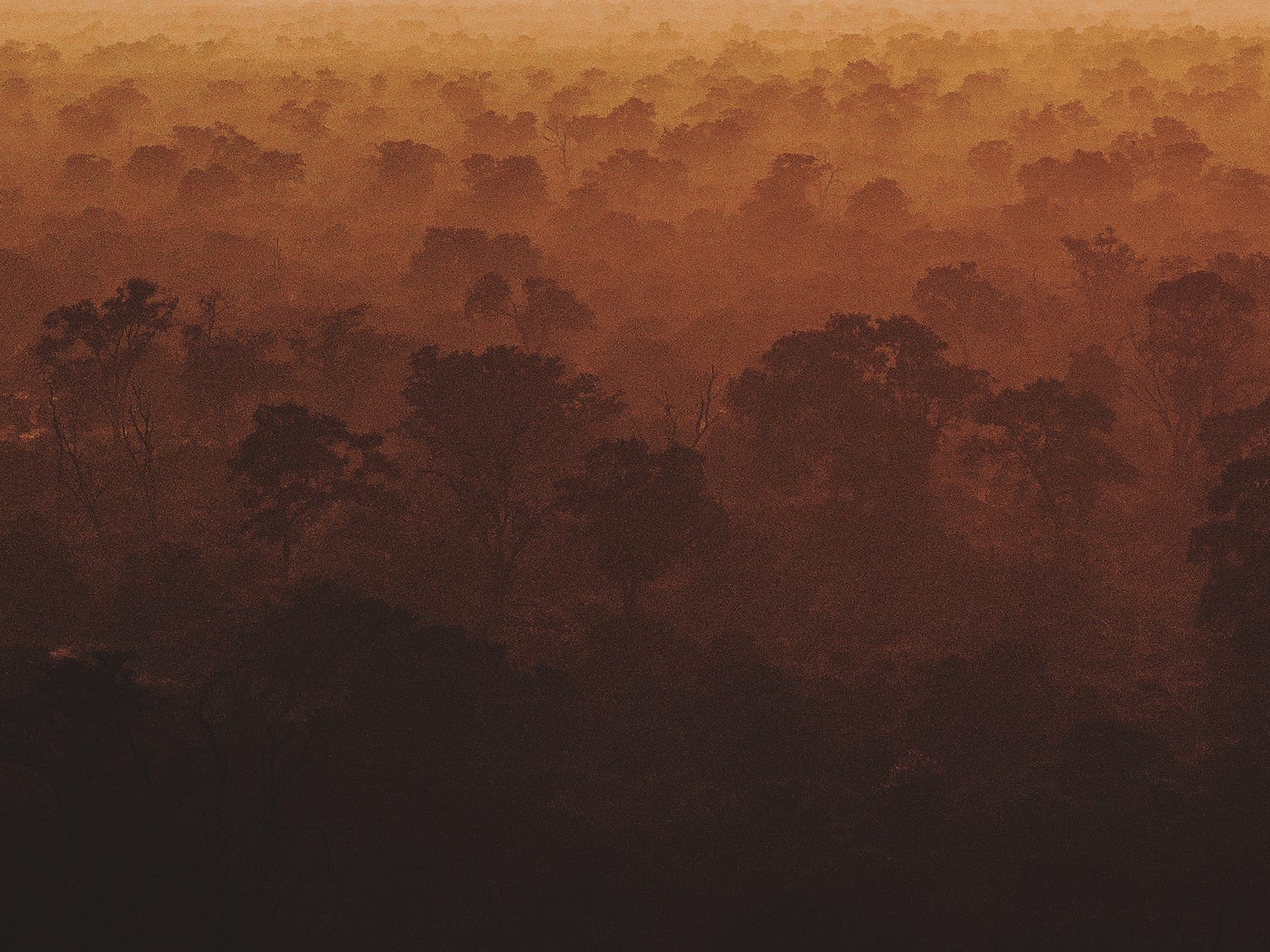
Amazing words!